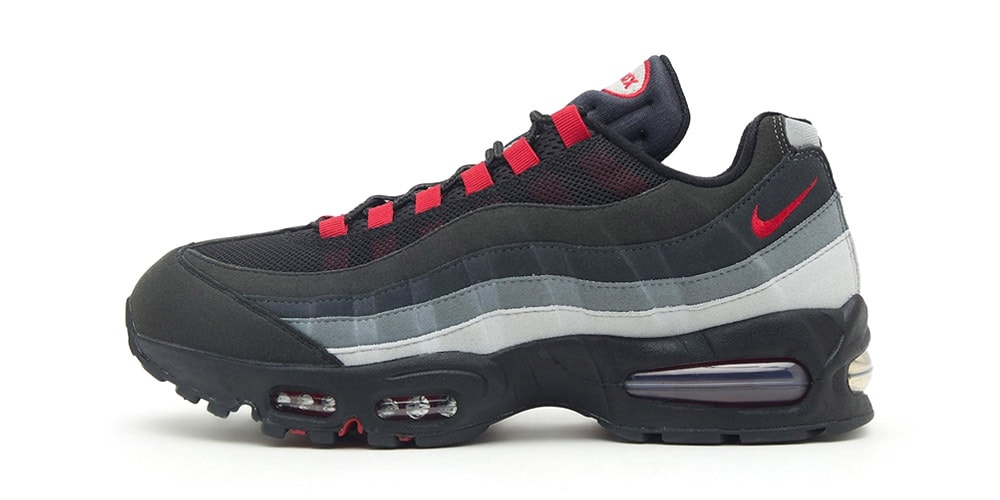The Keychron K4 HE Refreshes One of the Best Keyboards, Making It Even Better
The Keychron K4 HE has a clean look and fantastic magnetic switches, and this 96% layout is tougher to find, making it all the more special.


Many of the best gaming keyboards I’ve reviewed in recent years are tenkeyless – ones that lop off the number pad to save desk space that also deliver high performance and fancy features. But I still want full-sized functionality on my keyboard, which is why I love the 96% layout where you still get all of the essentials with all of it crammed into a slightly more compact board with no gaps between keys or wasted space. They are tougher to find, however. And for that, I rode out the original Keychron K4 as my main until I spilled a drink over it and destroyed its mechanical switches. It was a solid keyboard that had everything I wanted at the time, but now it’s been updated with Hall Effect magnetic switches, and the results are fantastic.
The Keychron K4 HE has been outfitted with Gateron double-rail magnetic Nebula switches and the frame has a slightly different trim, but it’s still the simple and sleek keyboard I’ve always loved. While it doesn’t have anything like an OLED control screen on the likes of a SteelSeries Apex Pro or Razer BlackWidow V4 Pro 75, I don’t mind because sometimes it’s about getting the basics right, and offering that at a reasonable price.
Keychron K4 HE – Design and Features
I received the special edition of the Keychron K4 HE that comes in a cream white color scheme with wood grain along the side of the aluminum frame and a couple of gold keycaps for a pleasing accent. The OSA profile double-shot PBT keycaps are nice to the touch and have rounded edges for a softer overall look. There is RGB backlighting and a dedicated RGB key at the top-right to cycle through built-in RGB effects like breathing, waves, ripples, wheel, or just a single static color. But since the keycaps on the special edition don’t have transparent legends, it only really seeps through between the keys (the standard edition does have transparent keycaps so I would recommend going with that model if it matters to you). It’s bright enough to come through vividly even if it doesn’t light up the key lettering.
The 96% layout tickles a certain part of my brain and I like how neat everything looks despite being crammed together. There’s no wasted space, but that does mean I reach for the wrong key sometimes, like hitting home key instead of delete when working. Because it’s truncated in the way it is, you save a lot of deskspace without sacrificing the full suite of keys – side-by-side with my tenkeyless SteelSeries Apex Pro, there’s only a one-inch difference in width. The functionality I get back in return is very much worth it, and I find myself using the number pad often again for work or mapping additional actions/macros in games like the MMORPG Final Fantasy XIV.
There aren't going to be groundbreaking high-tech features here, or even simple things like easily accessible dedicated media keys, which are things I find useful, but at least you don’t necessarily lose that functionality since those are combined with other keys via the FN key. It is nice, however, to have 2.4GHz wireless and Bluetooth connectivity to give it a little extra versatility. The connection toggle is on the left side of the frame along with a Windows/Android-MacOS input toggle – the buttons are smaller than I would prefer, but it’s one of those set-it-and-forget-it kind of situations.
Keychron K4 HE – Software and Customization
There's still a decent amount of customization on account of having magnetic switches, and they’re very easy to tinker with. Boutique manufacturers like Keychron have moved toward having web-based configurators as opposed to downloadable suites that bigger manufacturers use. (I get that Razer, Logitech, Asus, etc. do that to get you in their ecosystems.) You simply go to the Keychron launcher site, select your keyboard from the Connect menu, and you immediately have access to a full set of customization options.
From here, you can set the actuation point on a per-key basis anywhere between 0.2mm and 3.8mm and in increments of 0.1mm – and having a short actuation point is crucial for competitive gaming performance. You also have more nuanced features like one-key multi-command, which lets you map different inputs to various distances along the keystroke. And there’s the analog gamepad feature that allows you to simulate specific sensitivities of controller inputs on a keystroke. Hall Effect switches are great for performance alone, but it’s this kind of versatility enabled by magnetic technology.
It’s pretty much expected for magnetic keyboards to have features like Rapid Trigger and LKP (last keystroke prioritization), the latter of which is the contentious SOCD (simultaneous opposite cardinal direction) input. We cover this with each magnetic keyboard since it’s becoming more commonplace and different companies call it something different. It certainly has its uses cases, but if you’re not aware, SOCD (or LKP in this case) lets you hold one key and register an opposite direction every time you hit it, and re-register the key you're holding every time you let go of the other. You can counter-strafe (or jiggle strafe) at inhuman speed, making you a much harder target. Be aware that you will get kicked from Counter-Strike 2 matches, for example, if you exploit SOCD like LKP.
Looking to upgrade your mouse, too?
Be sure to check out our roundup of the best gaming mice!
The extensiveness of options don’t stop there, though – Keychron has a fairly robust macro tool to map input sequences and set the timing of each input. You can also remap any key easily in the online configurator and set your RGB patterns and colors however you want. And it’s all neatly laid out and easy to understand, which several software suites can’t exactly say.
Keychron K4 HE – Performance
For gaming, the Keychron K4 HE and the magnetic Nebula switches are as good as any other experience I’ve had with Hall Effect keyboards. However, the one thing I’ll note is that it’s rated at a 40g initial actuation force and a 60g bottom-out force – while that’s fairly standard, it does feel more firm on the touch than most other magnetic keyboards I’ve used recently. It may wear you down a bit more over time, but there are advantages to this.
When it comes to playing FFXIV, where I’m constantly cycling through my attack rotation on close-by keys or trying to hit specific actions at important moments, having magnetic switches that are both firm on the actuation force but set to a shorter actuation point is incredible. I won’t “fat-finger” a key because of the stiffer resistance and I’ll register the input fast since the keystroke will be recognized much quicker. It’s the best of both worlds in a game like FFXIV, especially as someone who has a heavy resting hand over his keyboard.
In games like Counter-Strike 2 or Valorant, the short actuation points also come in clutch for jiggle-strafing, quick movements, switching weapons, or activating abilities on a dime. I went with 0.5mm with the K4 HE, which is much shorter than I would use on other keyboards, and that was the sweet spot. I played my usual batch of ranked matches to determine if this was suited for competitive game and it certainly passed muster for me. Although I may want to go with something lighter on the actuation force for competitive shooters, I certainly enjoyed using the K4 HE for them.
Such is the case with most Hall Effect keyboards I’ve used, but the smooth linear keystrokes of a magnetic switch are quite satisfying, especially as someone who always used linear mechanical switches like the Cherry MX Reds for nearly a decade. As I'm typing this right now, I get a kick out of the creamy "thock" of each keystroke and the clean feel of the magnetic switch, which you can also attribute to the different types of foam and padding tucked under the keyboard's plating.
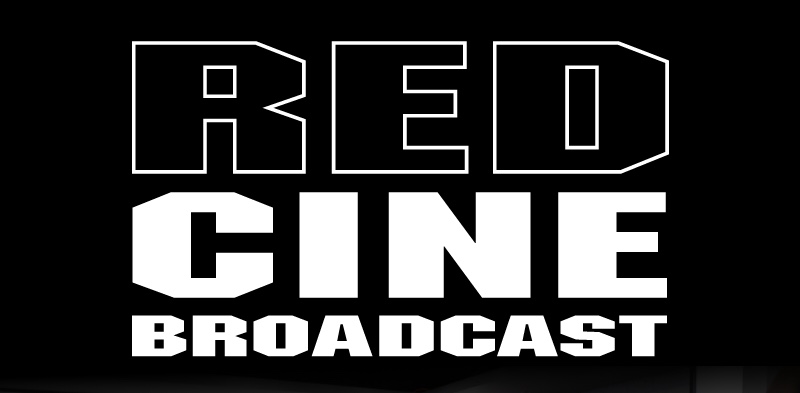





































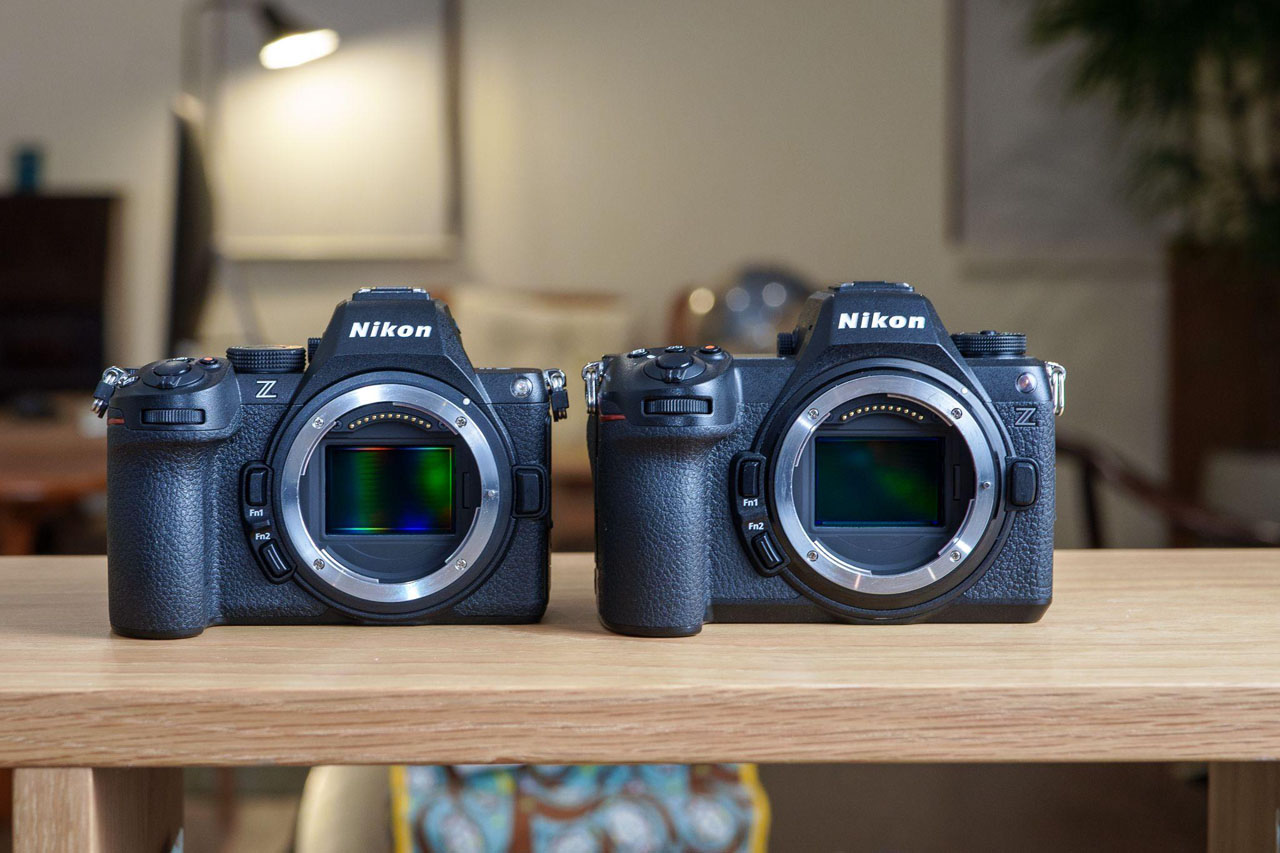
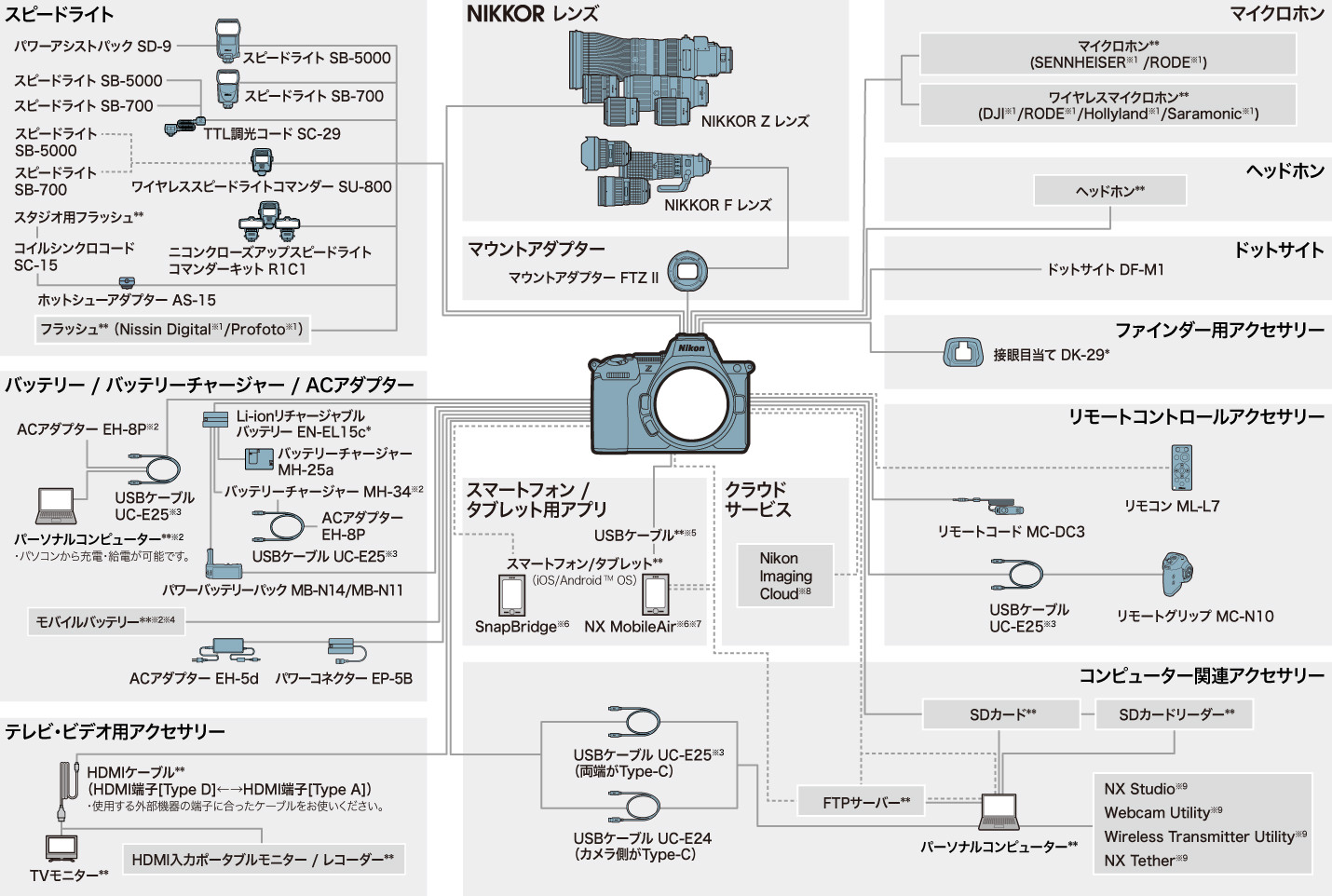
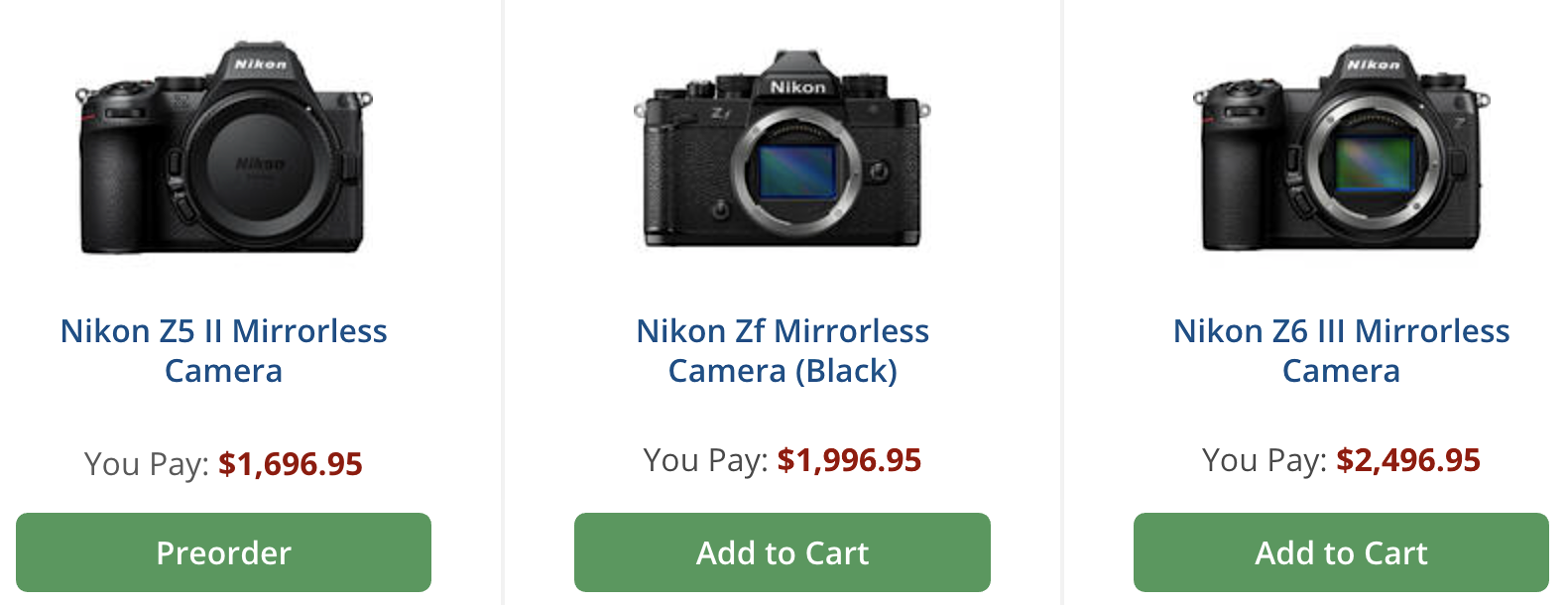




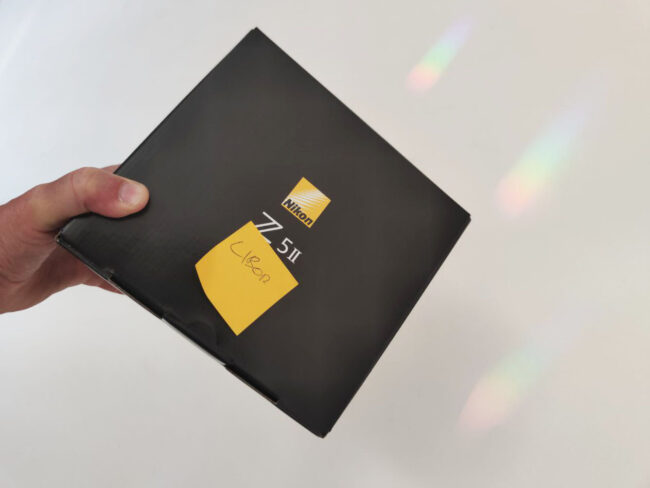








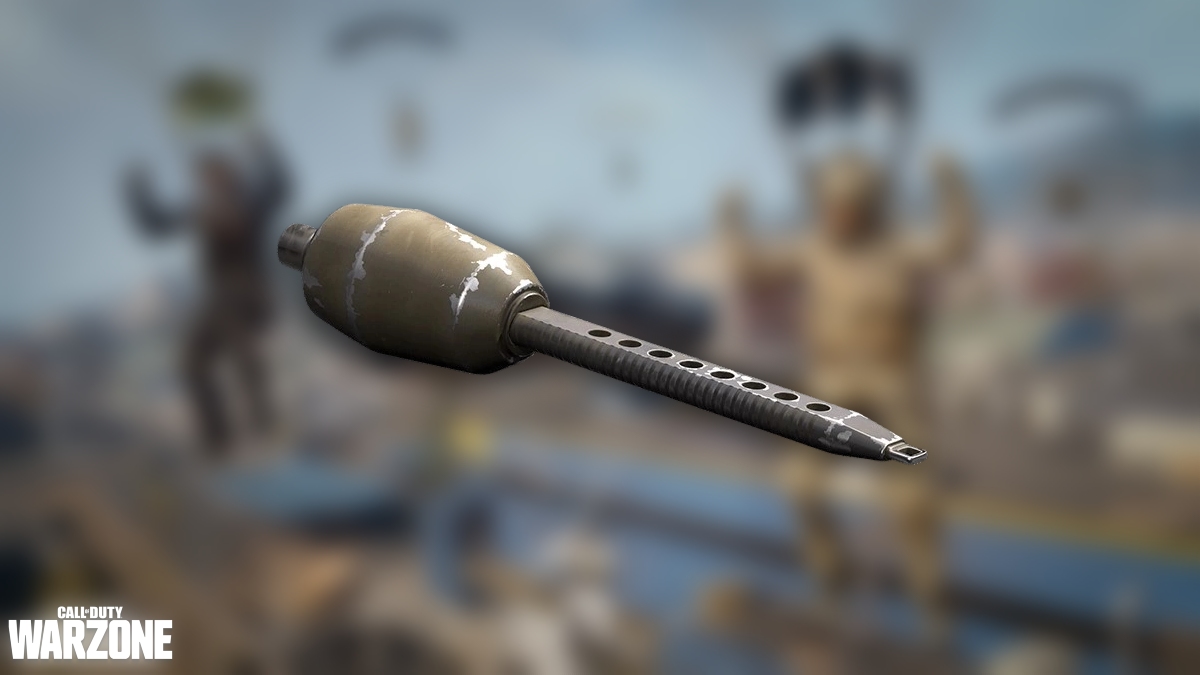


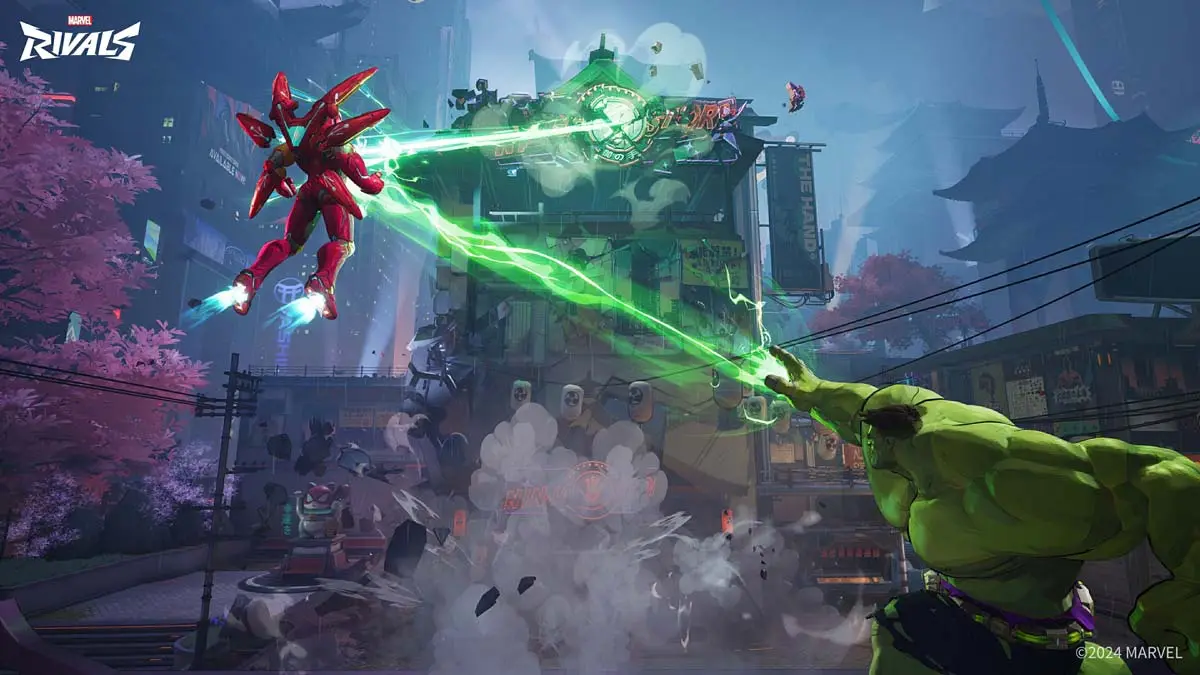







































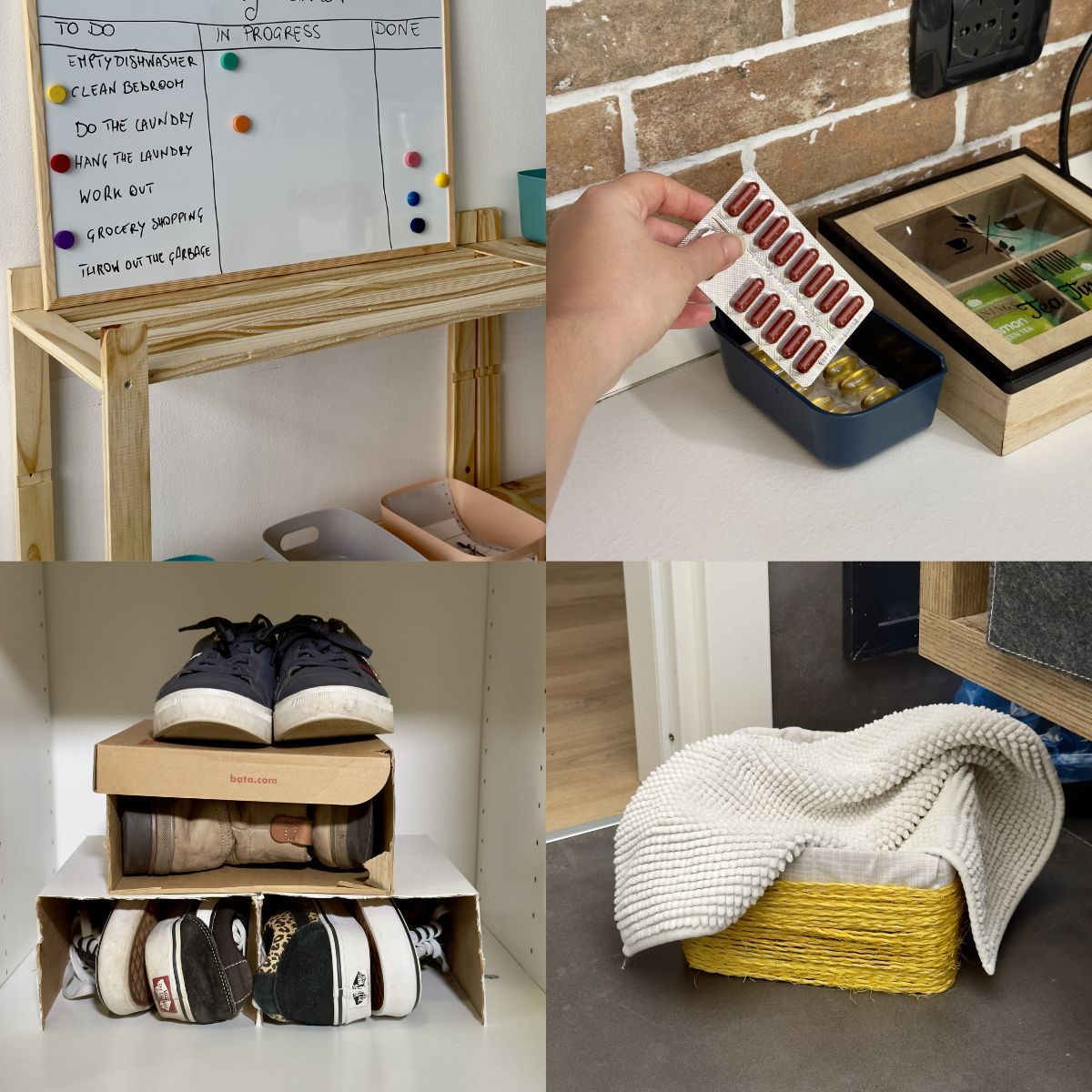
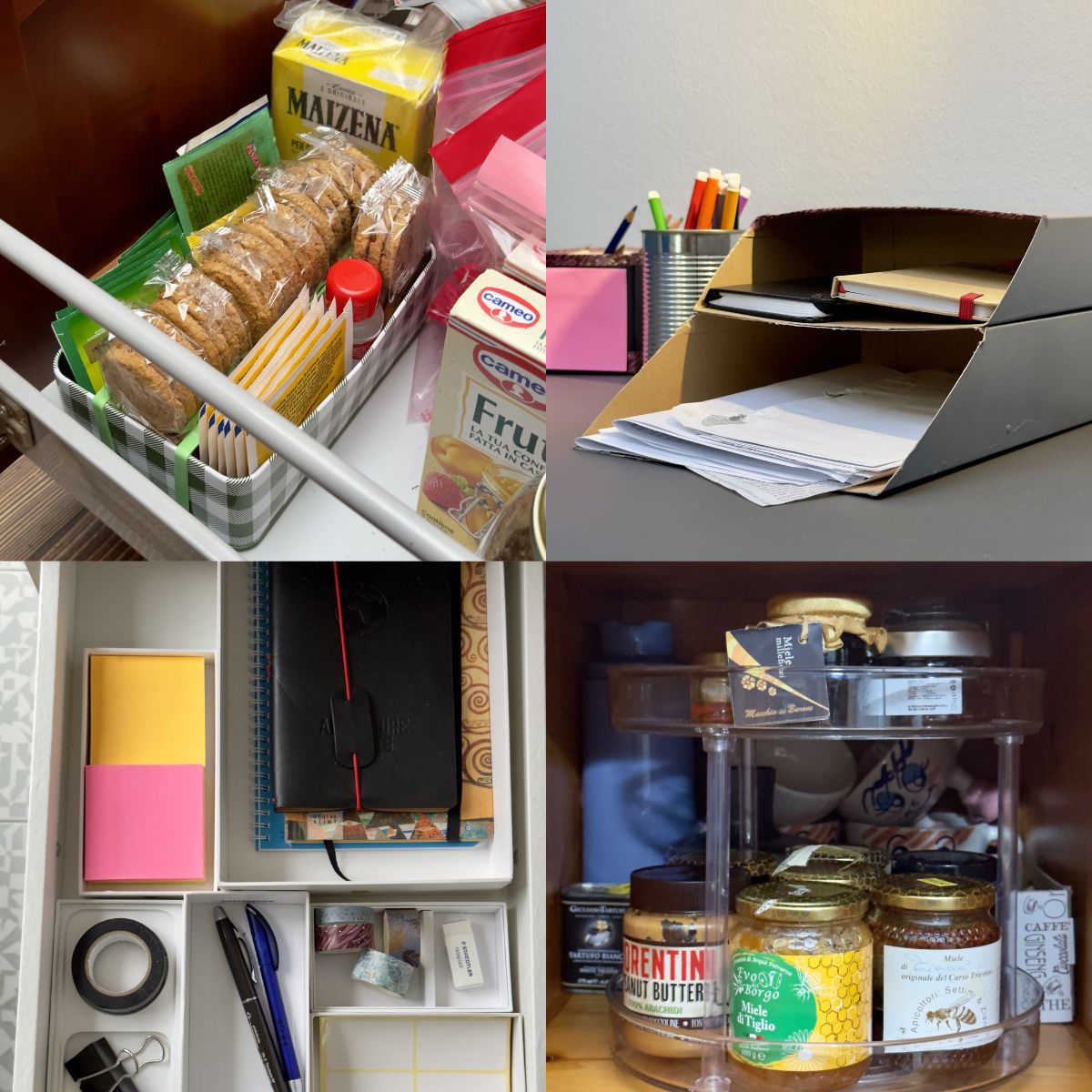
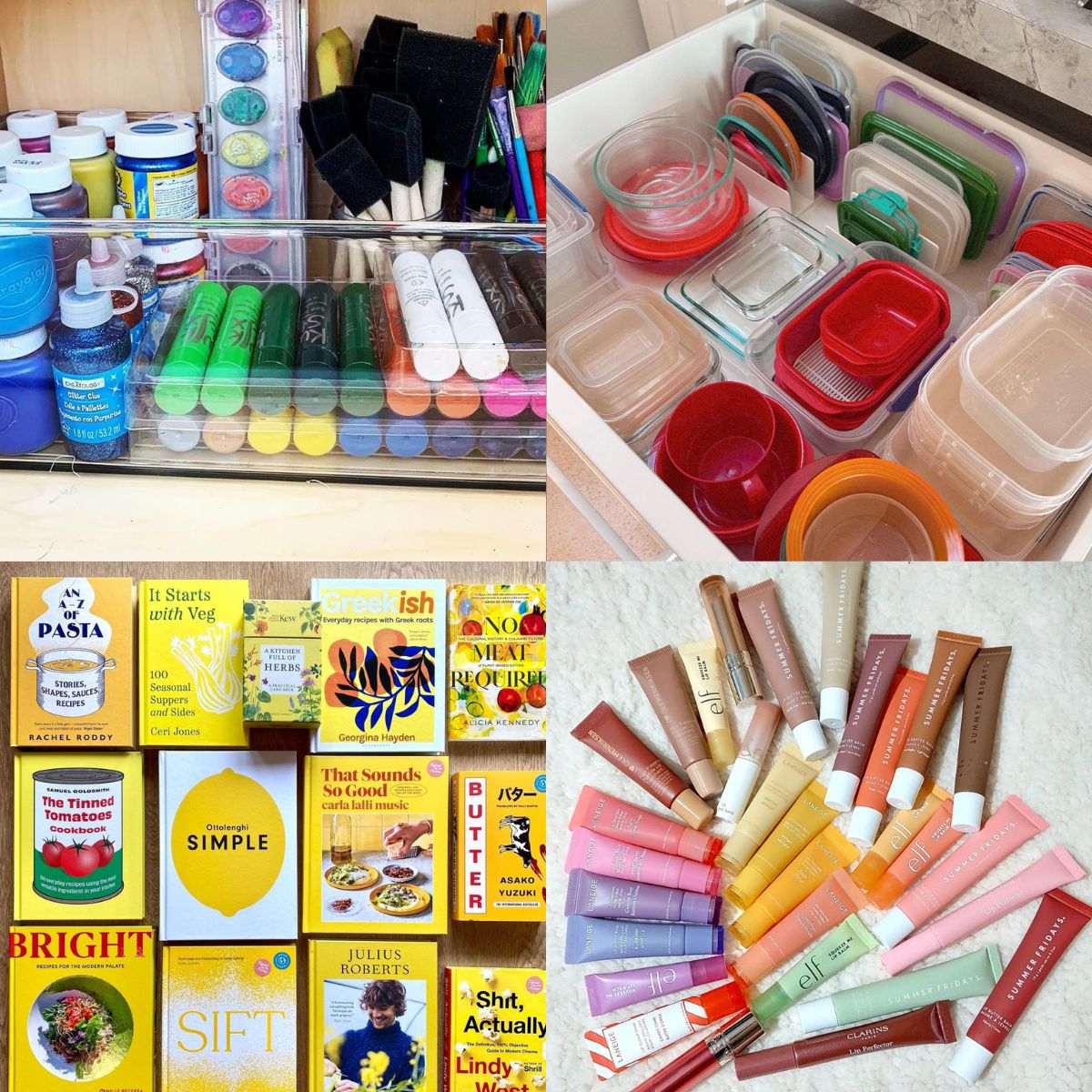
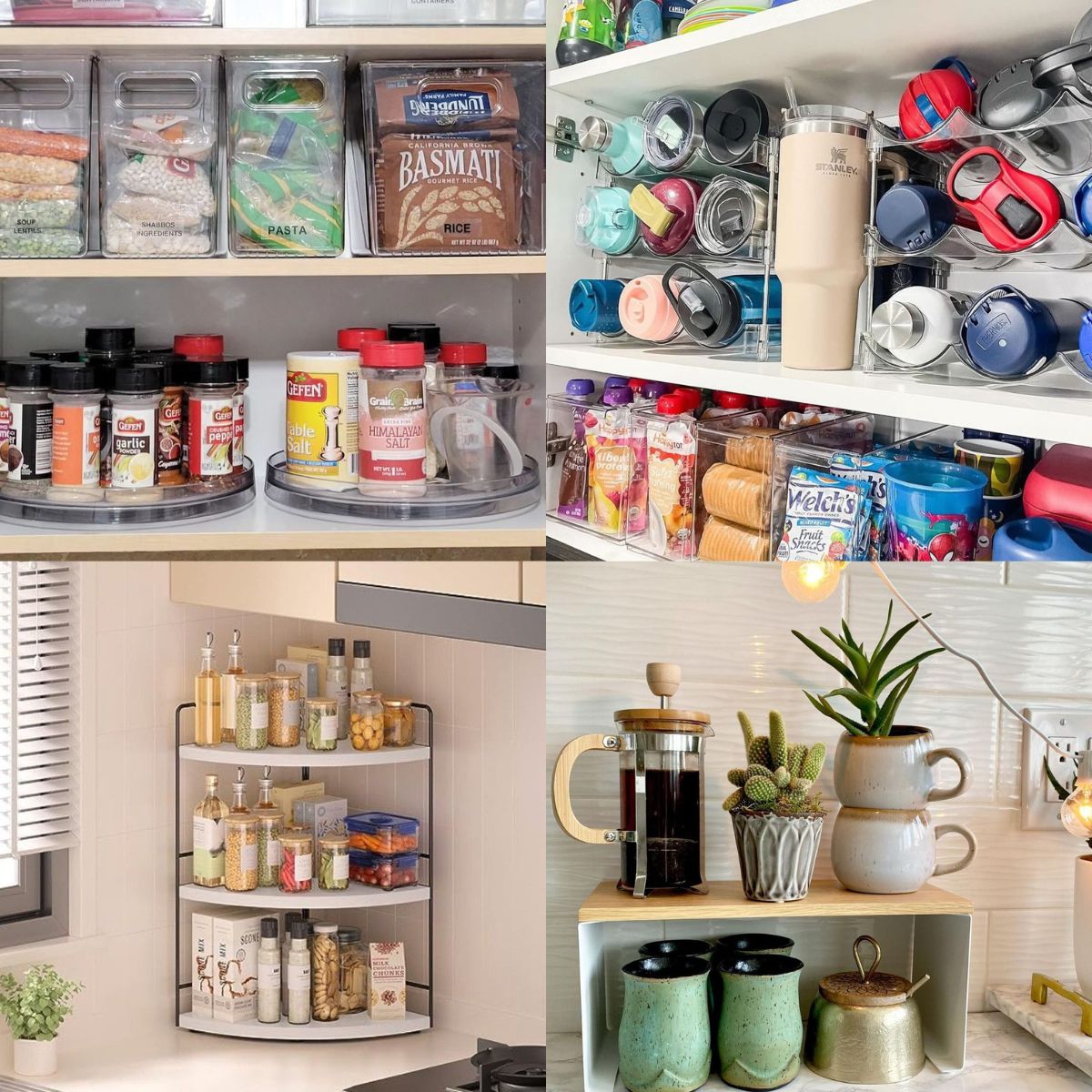























































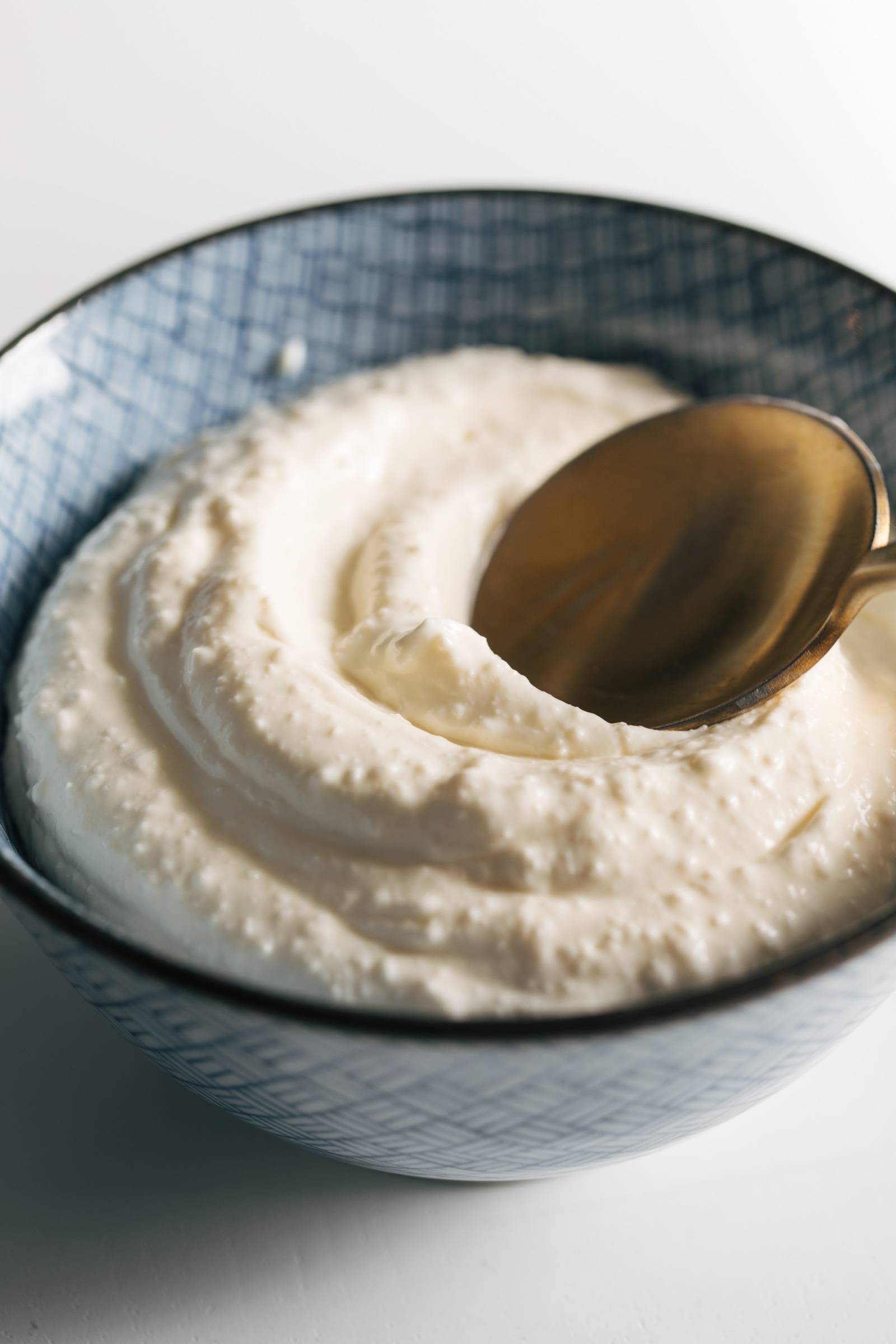





















.jpg)












